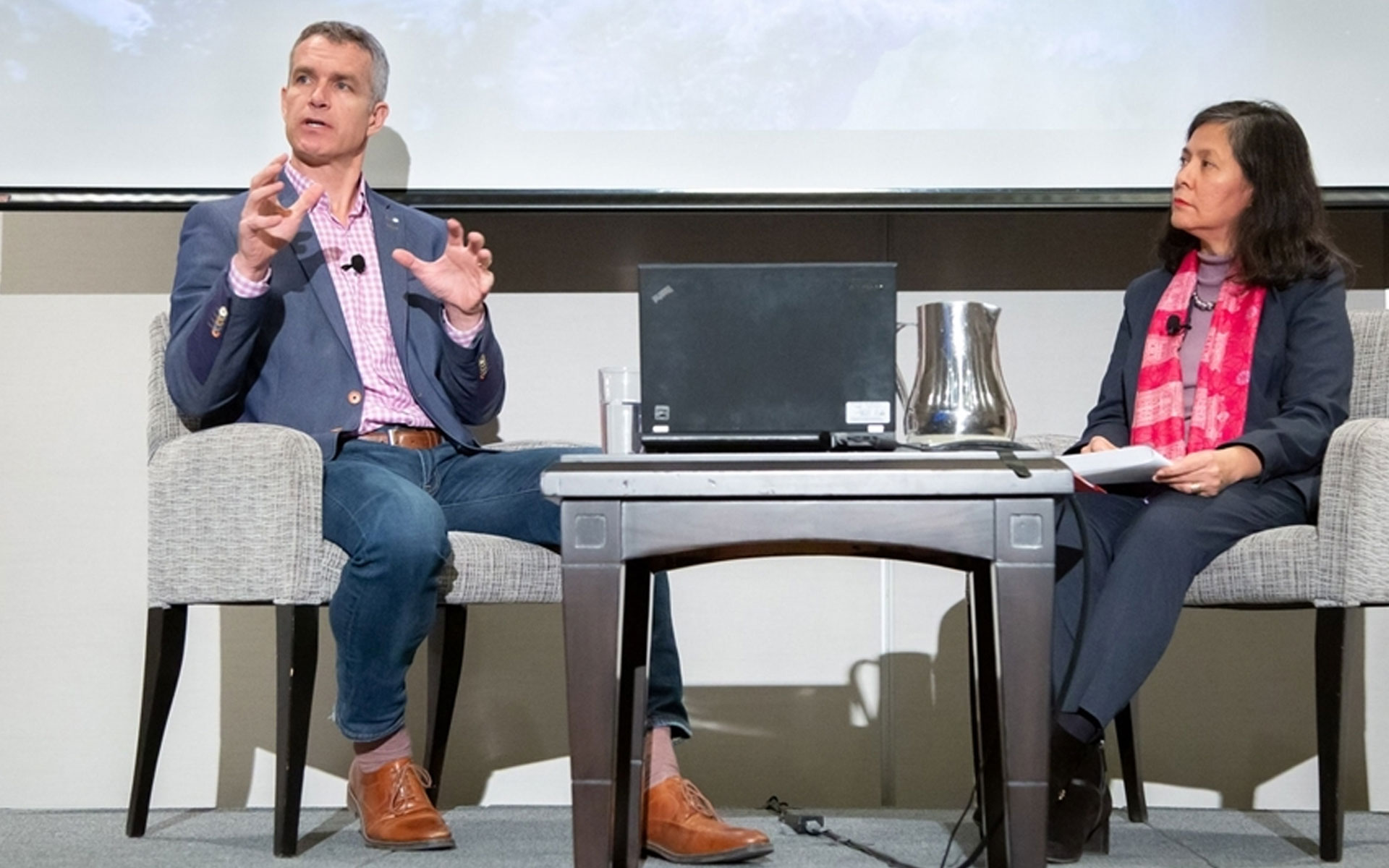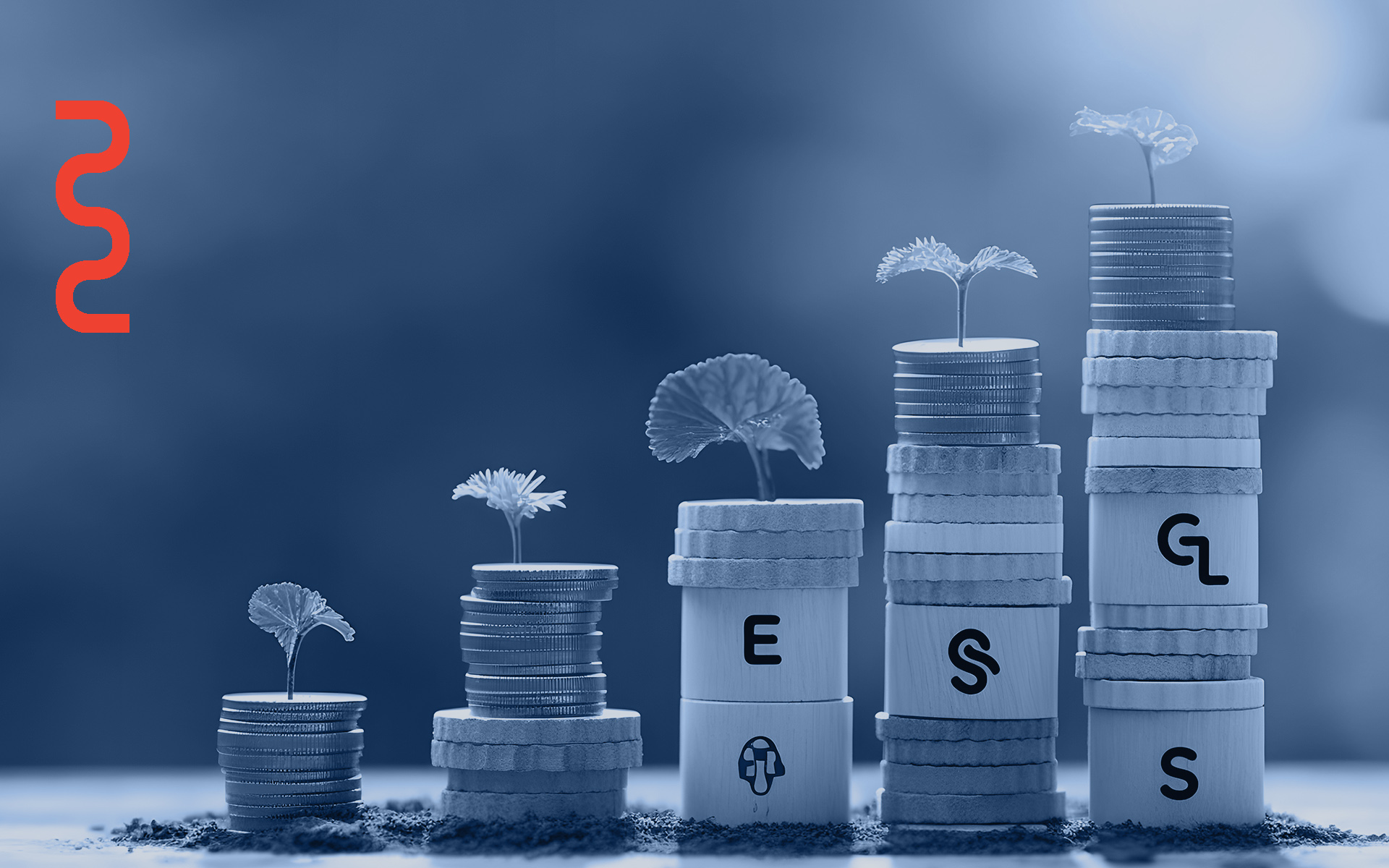Micro-investments are on the rise, and climate-conscious investors are using them to make a statement.
Ernan Haruvy is a Professor of Marketing at the Desautels Faculty of Management at McGill University. In a recent study, he and his co-authors (Claudia Gonzalez-Arcos, Cristyn Meath, Peter Popkowski Leszczyc, and Jake An) found that micro-investors who cared about sustainability were willing to forego financial returns on their climate-friendly investments.
These findings go against conventional knowledge about market participation. Returns are, after all, the goal for most investors. They want to benefit from a growing economy and increase their wealth. Returns are necessary for this to occur.
Even among climate-friendly investors, we can see this profit-first philosophy play out. In a 2024 survey by Morgan Stanley, many green investors said sustainable assets became appealing to them only once they started generating greater returns.
Haruvy’s findings show us that green micro-investors are willing to accept some losses. So, the next question is: why?
Micro-Investments, Micro-Activism
Micro-investing works by allowing lower-income individuals to participate in financial markets. A broker purchases a financial instrument, splits the cost among her clients, and collects a small brokerage fee. If the instrument increases in value, everyone receives a return proportional to their initial investment. Most of these transactions happen seamlessly through FinTech apps like Wealthsimple or Robin Hood.
This kind of investing is “micro” because it requires fewer dollars for people to buy-in. Shares often trade for hundreds of dollars on the stock market, so splitting the cost helps lower the barrier to entry for new investors.
This is part of why micro-investing is so popular among Gen Zers and Millennials under 35 years old, explained Haruvy. It caters to their desire for flexible, digital-first, and affordable investment options. It also allows them to learn about investing, develop good habits, and start growing their money earlier in their lives.
“A lot of these people are very young,” said Haruvy. “They are not familiar with investment and don’t have the resources to become financially savvy. Investment is expensive.”
As early career professionals, these investors don’t have a very high income. They likely have student loans to pay off. They also happen to be the most interested in climate action, which could explain their willingness to forego financial gains.
In Haruvy’s study, young micro-investors placed their personal values above profit when making investment decisions. It was a pathway for climate activism.
“Younger people have stronger social and environmental preferences, and are willing to sacrifice more for impact,” said Haruvy. It’s easier for them to make a social statement with their dollars because they’re investing small amounts, so they have less to lose from a financial standpoint.
The sustainable investment market was valued at $30 trillion USD in 2022, up from $22.8 trillion USD just six years earlier. Micro-investing platforms are expected to reach a market value of $36.1 billion USD by 2030.
It’s hard to say whether sustainable micro-investments can have a big impact on climate change, explained Haruvy. Without representation in shareholder meetings, it’s difficult for small investors to influence the direction of a company.
But, at the very least, micro-investing democratizes access to financial markets, giving a voice to more investors than ever before. Over time, this increasing popularity can indirectly influence corporate boards and the long-term growth of climate-friendly organizations.
For more on sustainable micro-investing, read Professor Haruvy’s paper in Sci Rep.
This article is written by Eric Dicaire.
McGill Delve is the official thought leadership platform of McGill University’s Desautels Faculty of Management. Subscribe to the Delve podcast on all major podcast platforms, including Apple podcasts and Spotify, and follow Delve on LinkedIn, Facebook, Twitter, Instagram, and YouTube.














